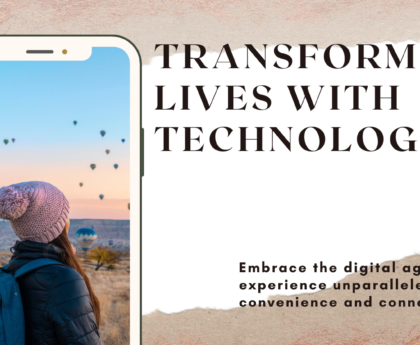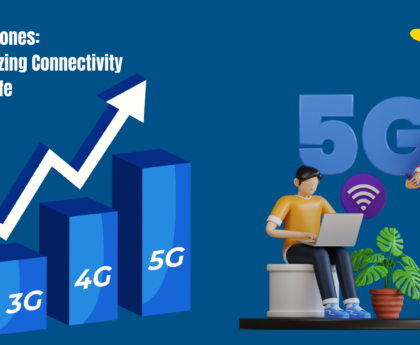In a world focusing on sustainability and budget friendly products, refurbished products have emerged as a significant trend. Offering consumers the opportunity to own high-quality items at a half price of new ones, the refurbished market has grown rapidly. But what exactly are refurbished products, and why are they gaining such popularity? Let’s explore this burgeoning sector.
Understanding Refurbished Products
Refurbished products are items that have been returned to a manufacturer or vendor for various reasons, such as minor defects, customer dissatisfaction, or display use. These products undergo some little testing, repairs, and quality assurance processes to ensure they meet the original specifications before being resold. Common refurbished items include electronics like smartphones, laptops, and tablets, as well as appliances and other consumer goods.
The Advantages of Buying Refurbished
- Cost Savings: One of the primary key of refurbished products is the cost savings. Consumers can often purchase these items at a significant discount compared to new ones, sometimes up to 50% less. This makes high-end products more accessible to a broader audience.
- Environmental Benefits: By choosing refurbished items, consumers contribute to reducing electronic waste, which is a growing environmental concern. Extending the cycle of products minimizes the demand for new resources and helps decrease the environmental impact associated with manufacturing and disposal.
- Quality Assurance: Many sellers ensure that these items undergo extensive testing and refurbishment processes. Many come with warranties, giving consumers peace of mind that they are purchasing a product that is reliable and in good working condition.
- Access to Older Models:Many of the times, consumers prefer older model products that are no longer available as new. The refurbished market can provide access to these items, which might have specific features or designs that newer models lack.
Potential Drawbacks and Considerations
While there are many benefits to buying refurbished, there are also some potential drawbacks to consider:
- Limited Availability: Refurbished items may not always be available, especially for the latest models or highly demanded products. Consumers might have to wait or search extensively to find specific items.
- Possible Cosmetic Imperfections: While refurbished products are tested for functionality, they may have minor cosmetic imperfections such as scratches or dents. These do not affect performance but might be a consideration for some buyers.
- Shorter Warranty Periods: Although refurbished items often come with warranties. It’s important for consumers to review warranty terms and conditions before making a purchase.
- Vendor Reliability: The quality of refurbished products can be decide depending on the vendor. It is crucial to buy from reputable sellers who offer guarantees and have a solid return policy to ensure a positive buying experience.
The Market for Refurbished Products
The market for refurbished products is expanding rapidly. Tech giants like Apple, Samsung, and Dell have dedicated sections for refurbished items on their websites, offering consumers the chance to purchase certified pre-owned devices. Additionally, online marketplaces such as Amazon Renewed and eBay Refurbished have become popular destinations for bargain hunters.
The growth of the refurbished market is also driven by increased consumer awareness and demand for sustainable products. Many consumers are becoming more conscious of their environmental footprint and are actively seeking ways to reduce waste and support a circular economy.




